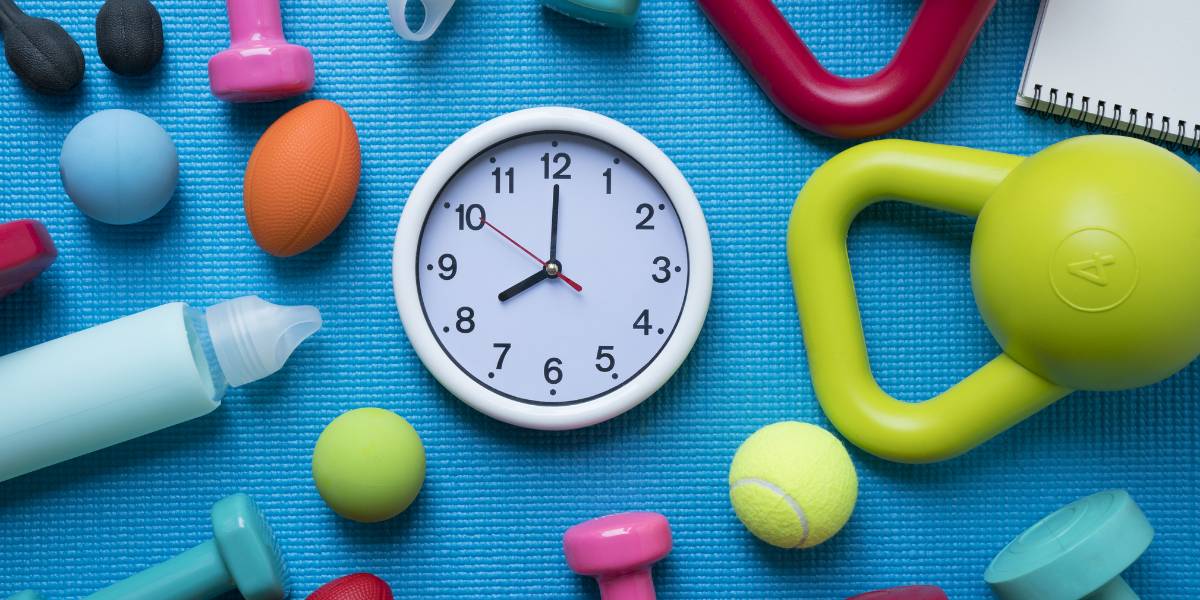Researchers who looked at what makes exercise most effective for people with type 2 diabetes say their findings could help more people take “the best approach”.
The study outlines how certain types of exercise, and when in the day people undertake it, can be especially positive when it comes to controlling blood sugar levels.
Study author Steven Malin, an associate professor in the Department of Kinesiology and Health at the Rutgers School of Arts and Sciences, said: “The challenge with this is that most, if not all, people know exercise is good for them but they don’t know the best approach.
“We targeted this issue by focusing on a few key parameters: the utility of aerobics versus weightlifting, the time of day that is optimal for exercise, whether to exercise before or after meals and whether we have to lose weight to get benefits or not.”
The researchers reviewed past studies and highlighted the following key findings:
- Habitual aerobic exercise: Physical activity, including cycling, swimming and walking, that raises the heart rate and the body’s use of oxygen helps manage blood glucose
- Resistance exercise: Working muscles with dumbbells, resistance bands or your own body weight has positive benefits when it comes to insulin sensitivity in those with Type 2 diabetes
- Breaking up sitting time and keeping moving through the day benefits blood glucose control and insulin levels
- Exercising later in the day can lead to better control of blood sugar levels as well as improved insulin sensitivity.
Associate professor Malin said: “In short, any movement is good and more is generally better.
“The combination of aerobic exercise and weightlifting is likely better than either alone. Exercise in the afternoon might work better than exercise in the morning for glucose control, and exercise after a meal may help slightly more than before a meal. And, you don’t have to lose weight to see the benefits of exercise. That is because exercise can lower body fat and increase muscle mass.”
Of the 37 million people in America with diabetes, around 90% to 95% have type 2 diabetes. It means their cells do not respond in the normal way to insulin, with high blood sugar raising the risk of serious health problems.
Associate professor Malin said: “Together, this idea of exercise timing and type is important because it helps medical professionals more accurately recommend exercise prescriptions to combat high blood glucose.”
He and several of his colleagues support the idea of “exercise as medicine” and that exercise should be thought of as a first-line therapy.
He said: “I’m one of those individuals who subscribes to that notion, and in that way, I think of exercise as a drug.”







